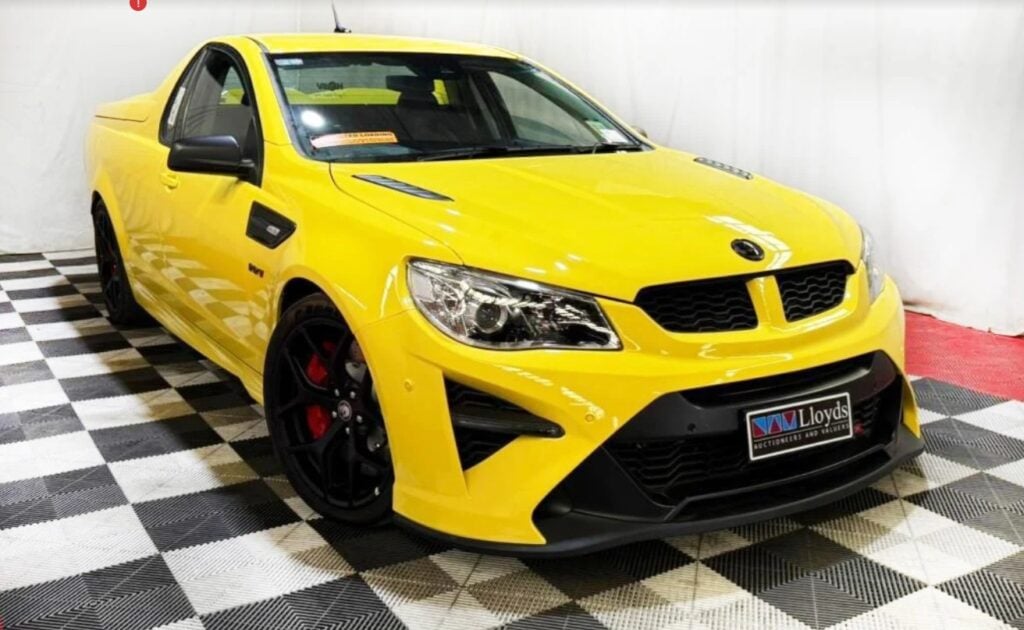
Snapshot
- Nissan and Bandai Namco create unique in-car sounds
- New noises designed to be more intuitive than previous versions
- No Australian models getting the features soon
Nissan has teamed up with gaming giant Bandai Namco to develop its future generations of in-car interaction between driver and machine.
The Group, responsible for such classics as Pac-Man and Tekken, was asked by Nissan to help develop in-cabin sounds for its range of cars, drawing on experience from years of creating video games which have an emotional connection to people.
Almost everything in a car’s interior is programmed to make some sort of noise in some scenario, such as a warning for an open door, a seatbelt reminder or parking sensors, and it’s those noises which Nissan wants Bandai Namco to reproduce.

Nissan’s lead engineer for in-car sound, Hiroyuki Suzuki, said the sounds inside the cabin should be full of feeling and immediately recognisable as Nissan’s own unique sound.
“We wanted to make it easier to understand the information in the car and provide an emotional tone so people feel the Nissan brand,” said Mr Suzuki.
“In game development, Bandai Namco’s sound creators develop sounds that simulate players’ intuitive understanding. We collaborated to create sounds which can help drivers have a similar intuitive understanding, in addition to creating sounds which will become synonymous with Nissan global models.”
Sound director of Bandai Namco Research, Minamo Takahashi, believes sounds in video games are designed to help convey emotion while not being distracting, an ethos which carried over to the collaboration with Nissan.
“There are two types of sound in a game: one creates the world view of the story and express how it develops; the other is functional and absolutely vital for playing the game because they give you feedback or warn you of danger,” said Mr Takahashi.
“It was a very intense process; we stayed for days in this studio, had various discussions and went through trial-and-error with Nissan people from the sound engineering, product planning, design, and testing divisions to find out what kind of sound is suitable for the Nissan brand.
“When I got in a car and listened to the sound coming out, I felt the same way I felt when first playing a game I worked on. Even if the industry is different, the sense of accomplishment when you reach your goal is the same.”

It’s not the first time Nissan has teamed up with a video game company to help develop its in-car experience – the infotainment screen and graphics for the R35 Nissan GT-R were developed by Polyphony Digital, creators of the Gran Turismo game series (the fonts and displays in the GT-R were then used in the 2010 release of Gran Turismo 5).
To utilise the sounds properly, Nissan and Bandai Namco had to create a new speaker which sits in the middle of the dash, being able to express the full range of noises designed.
Though Nissan Australia hasn’t confirmed which Australian models which feature the new sounds, the North American Rogue and Pathfinder, Japan’s Note, and the European Qashqai will have the new technology implemented from the back end of 2021.
We recommend
-
 News
News2021 Nissan Qashqai teased, big tech leap detailed
Nissan's small SUV set to leap several rungs when it lobs halfway through 2021
-
 News
News2022 Nissan Pathfinder design a tribute to the iconic original
Nissan senior designer Ken Lee explains how the iconic 1980s Pathfinder inspired the fifth-generation model
-
 News
NewsNissan records biggest-ever financial loss
COVID-19 and the global semiconductor shortage blamed for poor financial performance




